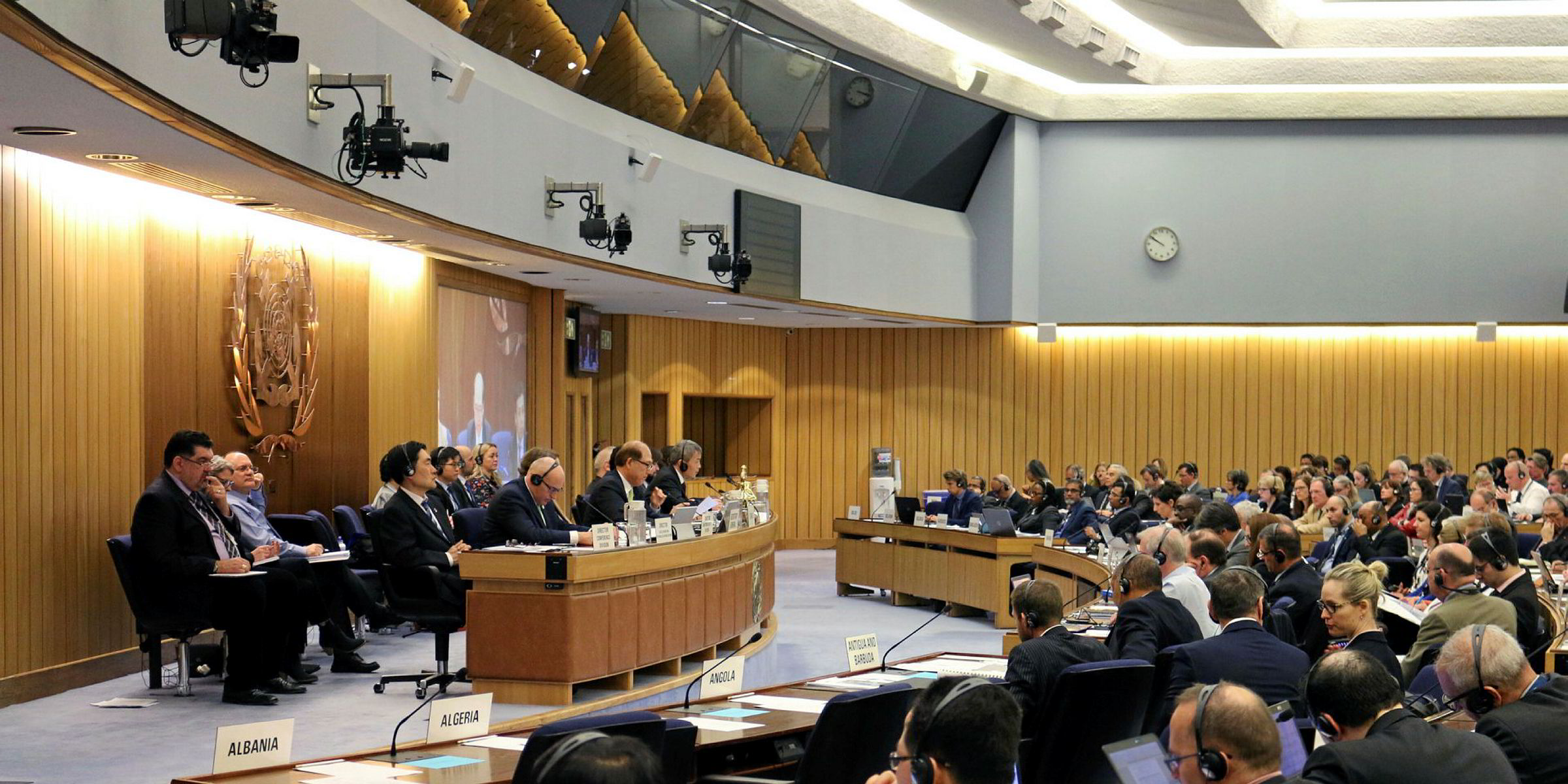The IMO has set a target for shipping to reduce carbon emissions by 50% by 2050, marking the start of a major shift to alternative fuels in the near future.
Experts suggest that shipping will not be able to reach the IMO’s target without ending its reliance on fossil fuels and starting the shift to ships fuelled by a non-carbon alternative within the next decade.
Katharine Palmer, Lloyd’s Register's global sustainability manager, said: “This deal provides a clear signal to the industry that the overarching aim is ending the use of fossil fuels.”
She said zero-emission vessels must enter service by 2030 in order to achieve that goal.
Tristan Smith, an academic at University College London's Energy Institute who has worked closely with the IMO on carbon reduction, said: “If you are building a ship or planning to build a ship in the 2020s, it will likely need to be able to switch to non-fossil fuels later in its life — a factor insurers and shipping financiers will need to consider in their business plans through the next decade.”
Smith predicts that within just a few years, the concept of building a ship that is “zero ready” — that is ready to switch over to alternative carbon-free fuels once the market or regulation demands — will become the norm.
However, there are possible shorter-term business decisions that will be impacted by a shift to alternative fuels.

Braemar ACM Research said that if shipping is switching over to alternative fuels, then oil companies will be less likely to invest in switching over refinery capacity to produce distillate fuel to meet the upcoming 2020 regulation on low-sulphur fuels.
“Refineries could be discouraged from upgrading to increase middle distillates production to meet new demand from the shipping industry if the shipping industry moves away from oil by 2030,” it said in a research note to clients.
That fresh uncertainty will complicate the decision-making process for owners over which compliance method to chose in the run up to 2020.
“[The] IMO’s greenhouse gas emissions would add more uncertainty over bunkers and encourage the wait-and-see approach towards IMO’s 2020 0.5% sulphur regulation,” Braemar ACM said on how owners might respond.
If the shift to alternative fuels makes refiners reluctant to invest in low-sulphur capacity, that could lead to a shortage of low-sulphur fuels and increase the price.
It has been suggested that this could prompt a higher number to invest in scrubbers to meet the IMO 2020 regulation.
Higher fuel prices are also likely to encourage slow steaming to keep operational costs down.

Similarly, as LNG is not a zero-carbon fuel, analysts point out that the new IMO deal may discourage the development of LNG supply infrastructure.
LNG as a fuel for shipping has largely been developed to help shipowners meet low sulphur requirements while its benefit in terms of reducing carbon is limited.
The generation of LNG-fuelled ships now operating or under construction may have a full trading life but, in the longer term, LNG may have only a minor role in shipping’s fuel make-up and that may discourage investment in the fuel supply network.
Smith said the shipping industry now has to raise the question: “what next for LNG?”
However, classification society DNV GL maintains that LNG is “one of the most promising alternative fuels for shipping”, heading towards the low carbon age.





